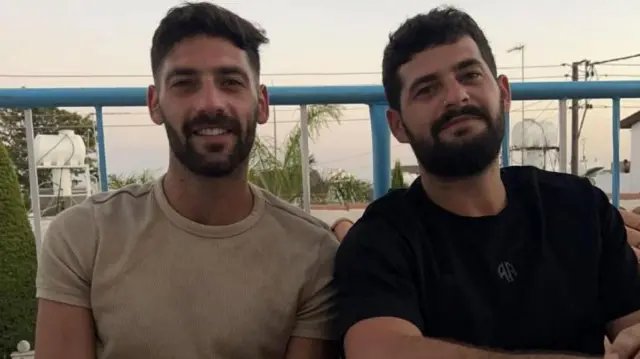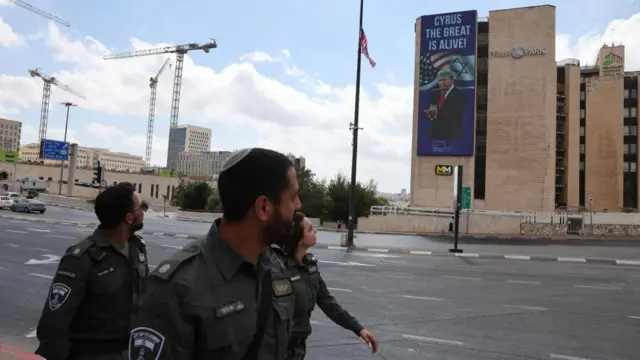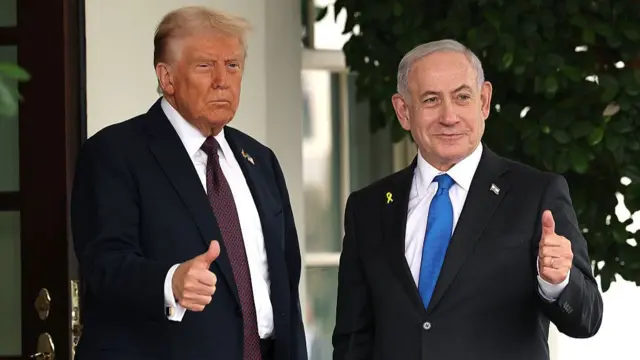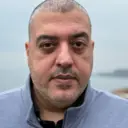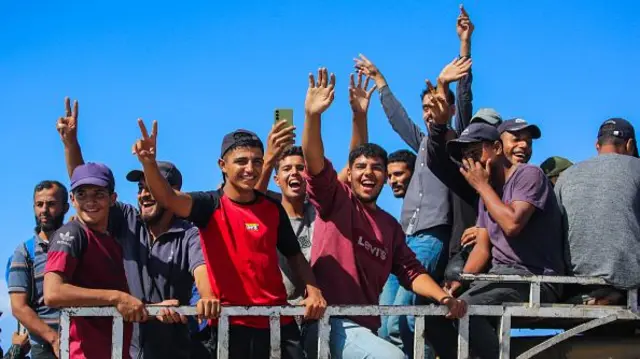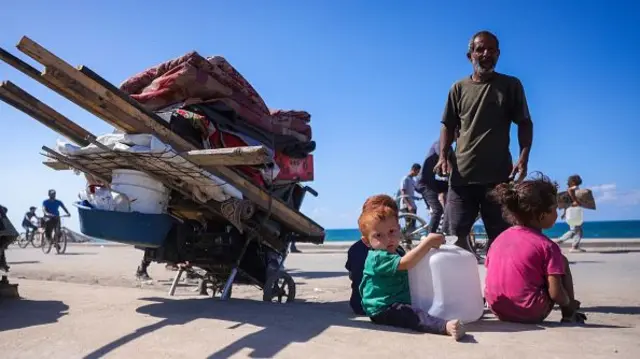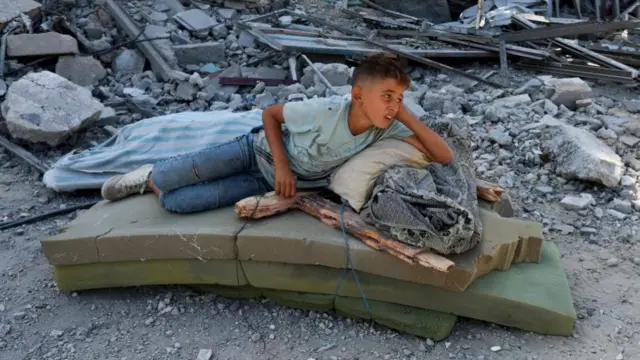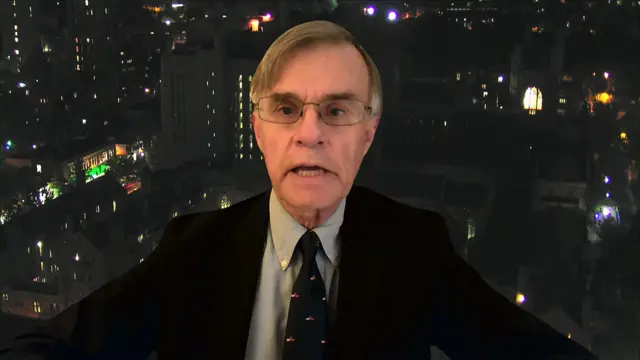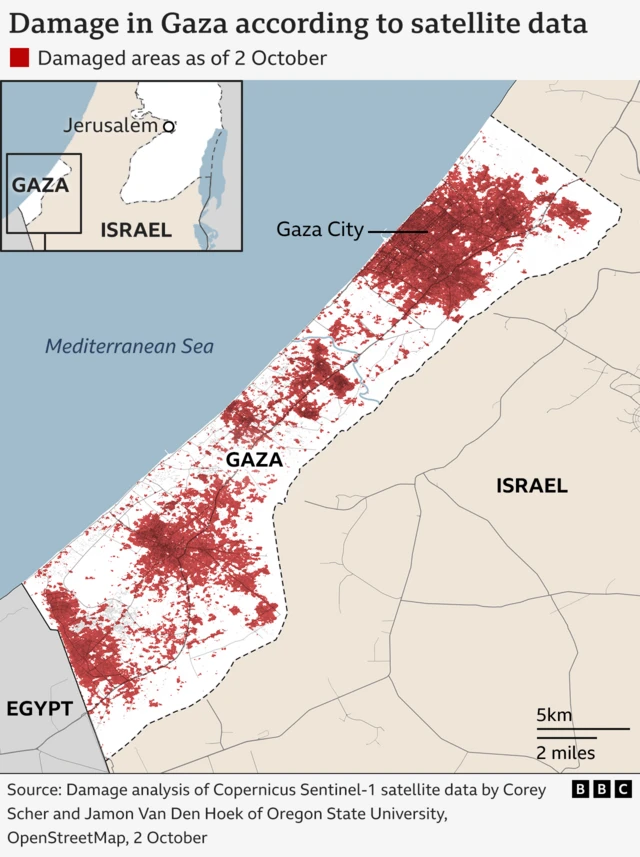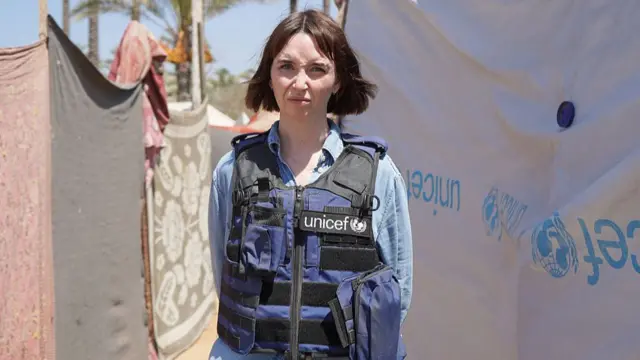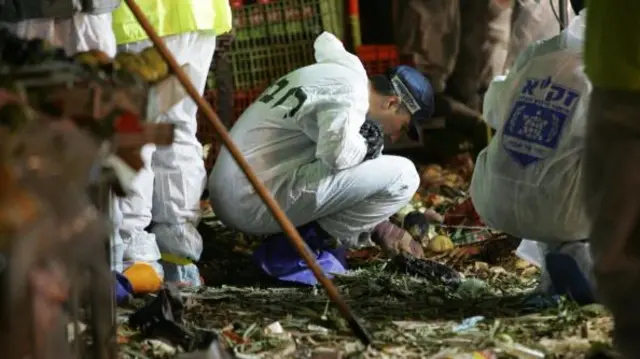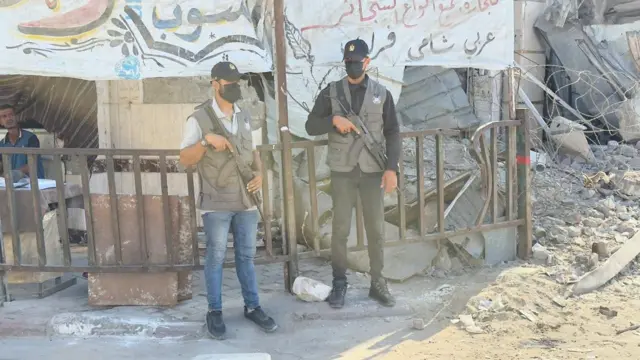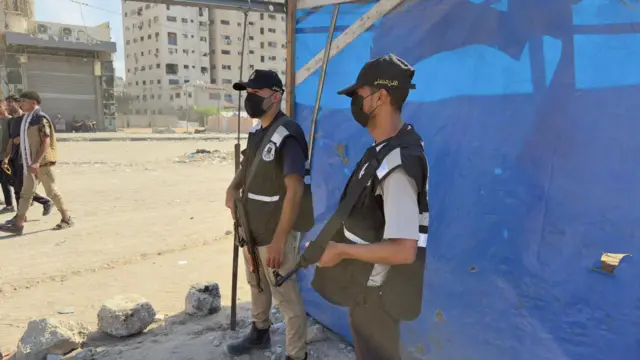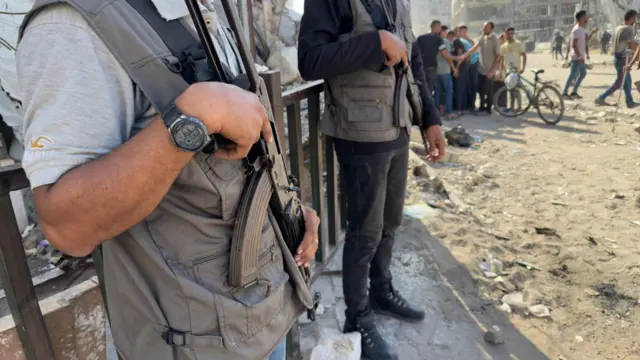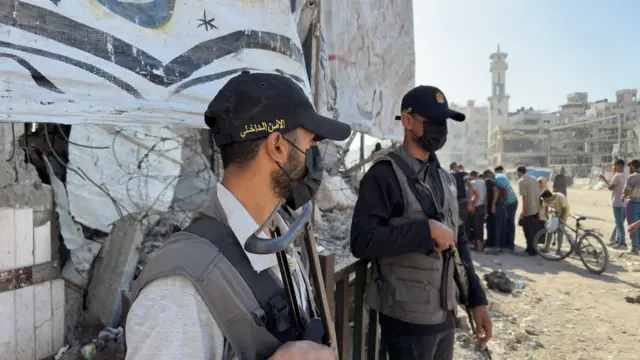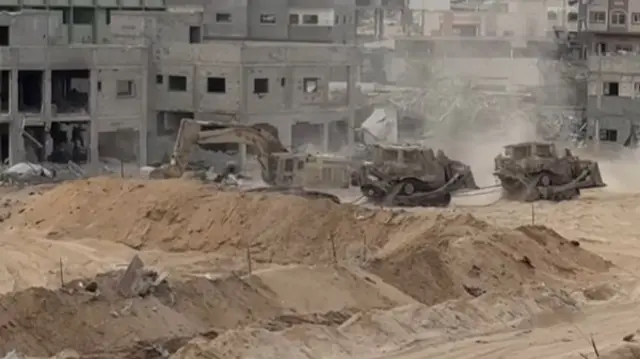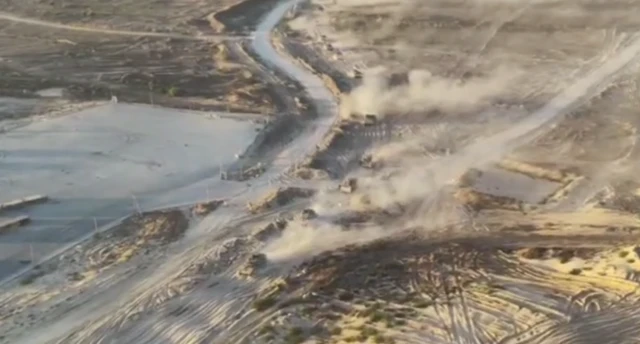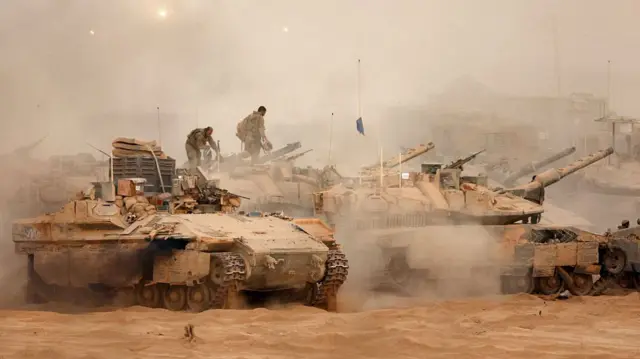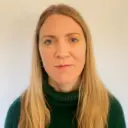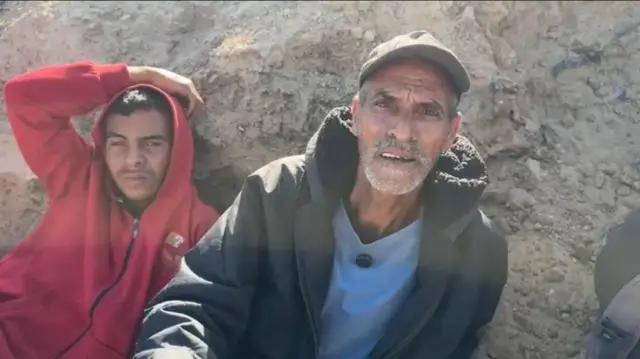Palestinians return to northern Gaza as Israeli forces pull backpublished at 18:05 BST 10 October
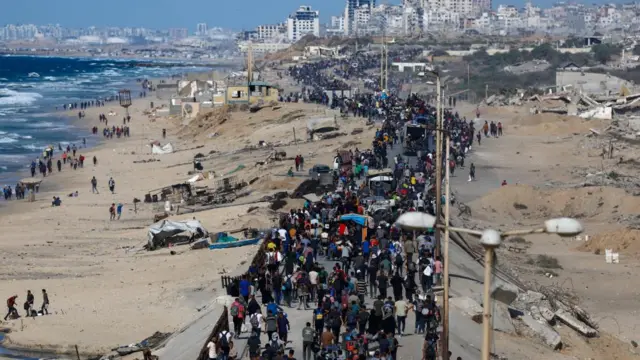 Image source, Reuters
Image source, ReutersPalestinians have been returning to their homes in the north of the Gaza Strip as the Israeli military says it has completed the first phase of its withdrawal from the territory.
Here's the latest:
- A "large-scale logistical operation" was carried out "to adjust the deployment of IDF troops in Gaza", an Israel Defense Forces (IDF) spokesperson says
- Photos show armed Hamas security forces in the streets of Gaza in the areas from which Israel has withdrawn
- They are filling a security vacuum because the details of who will run Gaza still haven’t been decided, writes Barbara Plett Usher
- Israel has published a list of the 250 Palestinian prisoners it will release, but Hamas is pushing for more to be freed
- Meanwhile, a 72-hour countdown to release all 48 remaining Israeli hostages from Gaza has started – Hamas has until 12:00 local time on Monday to release them all (10:00 BST)
- UN aid agencies say they are ready to flood Gaza with aid, but it remains unclear just how involved they will be
We are bringing our coverage to a close now, but you can read more in our news story.
And there's plenty more across the BBC. You can read about the remaining hostages still being held by Hamas, and North America correspondent Anthony Zurcher explains how President Trump secured the breakthrough in Gaza.
We also have an explainer on what we know about the ceasefire agreement - and what happens next, and our international editor Jeremy Bowen says there's now a realistic chance of ending the war - but it's not over yet.
